Refine listing
Actions for selected content:
2251 results in Cambridge Elements
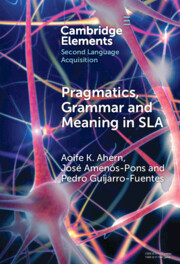
Pragmatics, Grammar and Meaning in SLA
-
- Published online:
- 29 March 2024
- Print publication:
- 18 April 2024
-
- Element
- Export citation
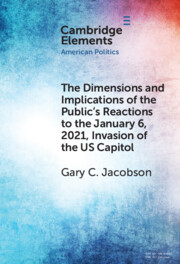
The Dimensions and Implications of the Public's Reactions to the January 6, 2021, Invasion of the U.S. Capitol
-
- Published online:
- 29 March 2024
- Print publication:
- 25 April 2024
-
- Element
- Export citation
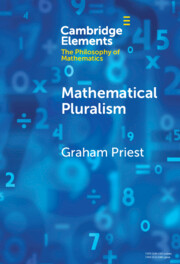
Mathematical Pluralism
-
- Published online:
- 29 March 2024
- Print publication:
- 18 April 2024
-
- Element
- Export citation
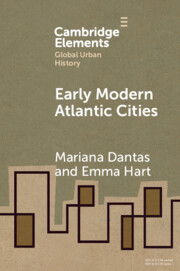
Early Modern Atlantic Cities
-
- Published online:
- 29 March 2024
- Print publication:
- 25 April 2024
-
- Element
- Export citation
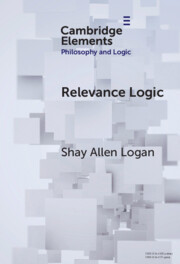
Relevance Logic
-
- Published online:
- 28 March 2024
- Print publication:
- 18 April 2024
-
- Element
- Export citation
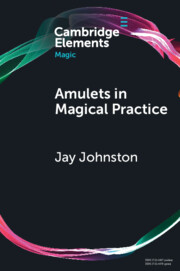
Amulets in Magical Practice
-
- Published online:
- 28 March 2024
- Print publication:
- 25 April 2024
-
- Element
- Export citation
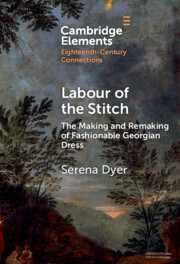
Labour of the Stitch
- The Making and Remaking of Fashionable Georgian Dress
-
- Published online:
- 27 March 2024
- Print publication:
- 18 April 2024
-
- Element
- Export citation
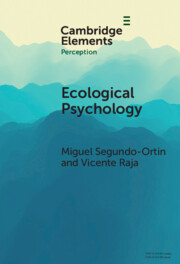
Ecological Psychology
-
- Published online:
- 27 March 2024
- Print publication:
- 18 April 2024
-
- Element
- Export citation
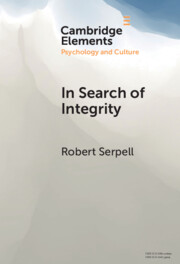
In Search of Integrity
- A Life-Journey across Diverse Contexts
-
- Published online:
- 26 March 2024
- Print publication:
- 18 April 2024
-
- Element
- Export citation
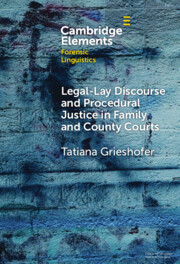
Legal-Lay Discourse and Procedural Justice in Family and County Courts
-
- Published online:
- 26 March 2024
- Print publication:
- 18 April 2024
-
- Element
-
- You have access
- Open access
- HTML
- Export citation
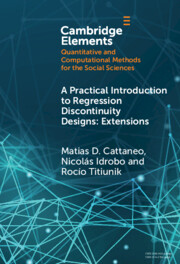
A Practical Introduction to Regression Discontinuity Designs
- Extensions
-
- Published online:
- 25 March 2024
- Print publication:
- 11 April 2024
-
- Element
- Export citation
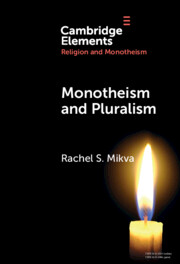
Monotheism and Pluralism
-
- Published online:
- 23 March 2024
- Print publication:
- 04 April 2024
-
- Element
- Export citation
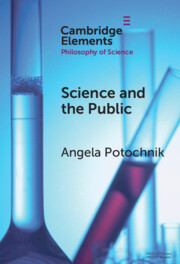
Science and the Public
-
- Published online:
- 23 March 2024
- Print publication:
- 25 April 2024
-
- Element
- Export citation
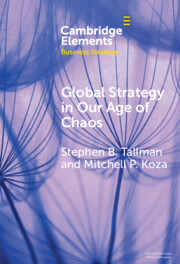
Global Strategy in Our Age of Chaos
- How Will the Multinational Firm Survive?
-
- Published online:
- 23 March 2024
- Print publication:
- 02 May 2024
-
- Element
- Export citation
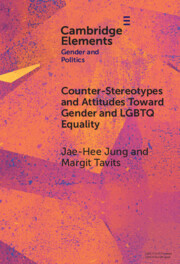
Counter-Stereotypes and Attitudes Toward Gender and LGBTQ Equality
-
- Published online:
- 22 March 2024
- Print publication:
- 11 April 2024
-
- Element
- Export citation
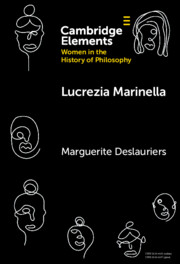
Lucrezia Marinella
-
- Published online:
- 22 March 2024
- Print publication:
- 18 April 2024
-
- Element
- Export citation
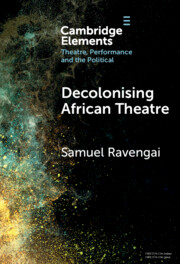
Decolonising African Theatre
-
- Published online:
- 21 March 2024
- Print publication:
- 11 April 2024
-
- Element
- Export citation
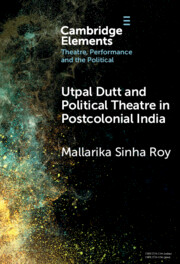
Utpal Dutt and Political Theatre in Postcolonial India
-
- Published online:
- 21 March 2024
- Print publication:
- 11 April 2024
-
- Element
- Export citation
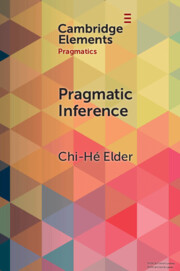
Pragmatic Inference
- Misunderstandings, Accountability, Deniability
-
- Published online:
- 19 March 2024
- Print publication:
- 21 March 2024
-
- Element
- Export citation

The Language of Romance Crimes
- Interactions of Love, Money, and Threat
-
- Published online:
- 18 March 2024
- Print publication:
- 11 April 2024
-
- Element
-
- You have access
- Open access
- HTML
- Export citation
